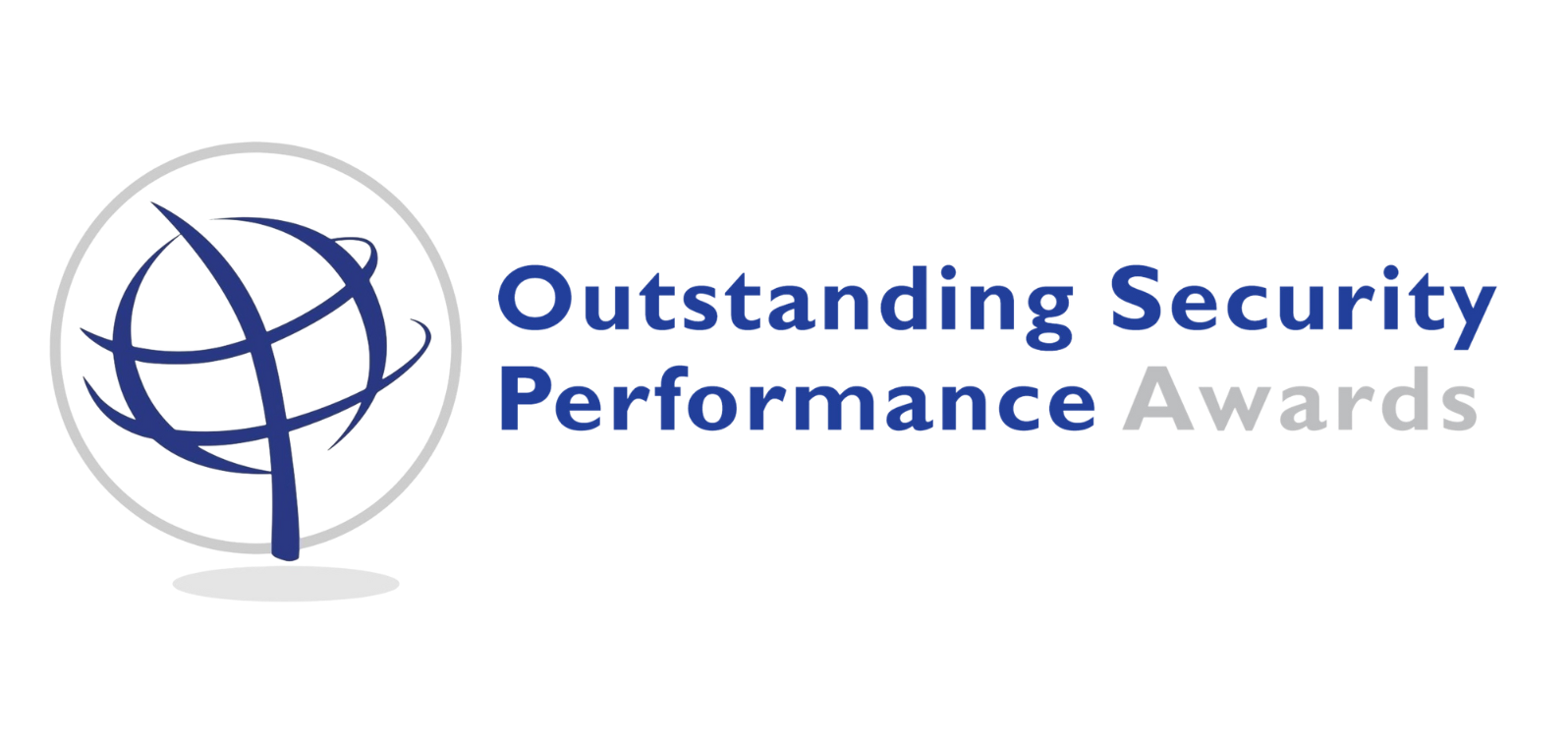
Chair: Martin Gill
Panellists:
Simon Cham – Technical Security Advisor at Warrior Doors
Jasper Weijman – CEO at Bavak Security Group
Key points
Simon Chan notes that Covid caused supply chain delays to parts and materials. In some cases, with some manufacturers, work stopped as a consequence. For some staffing was a problem, and in some cases this remains so; in the UK staff were able to receive 80% of pay on furlough and many became accustomed to that and returning to work for just 20% more pay has been a challenge to be managed. Some manufacturers lost clients. The key was to be nimble, to react to changing demands speedily and effectively, and to look for opportunities. Simon presents an example. In Covid burglars changed tack, they took advantage of empty building to gain access to adjacent properties and his company was able to develop a response. In a different way internal changes were made to take account of the need for social distancing; that his colleagues work on assembly lines helped but adaptations were needed. In discussing risks he notes the danger of moving too quickly and inadvertently undermining the credibility of the organisation; his company are concerned about what might be connected to their product and undermine its effectiveness, so they made a decision to walk away from work that signals a long term risk to credibility. In short, even for physical products interconnectivity is a challenge, cyber security invites a rethink, pandemic or no pandemic.
Jasper Weijman notes his company has not been negatively impacted by the pandemic in part because of the client base which is linked to the protection of national infrastructures and in a different context to protecting bases in war zones. That said an early decision to contact customers and set up new forms of virtual dialogue paid dividends, albeit that post pandemic the company will adopt a hybrid model of communication. Another advantage was that manufacturing was outsourced enabling a closer link between production and market and greater nimbleness to be able to adapt where necessary; today the focus is steel tomorrow it may well be carbon fibre. An internal adaptation was a move to two shifts to maintain social distancing, more expensive but it worked. Other things have changed too, but not solely because of the pandemic. Echoing a point made by Simon he underlines the increasing emphasis on integration and the increasing reliance on data as a driver of organisational policy; the growth of the Internet of Things has been a game changer. Another change that is becoming increasingly present is that of machine learning and the sophistication of algorithms enabling the identification of anomalies in a way that will transform practice. Further down the line, but already in sight will be changes generated by blockchain technology. For Jasper though the cyber connection remains prominent, his company has recruited more staff emphasising a network engineering bias rather than mechanical engineering one. The competition for these skills though is intense.
Our two panellists represent different approaches to manufacturing, one producing internally and the other sub-contracting, and both adapting, successfully, in different ways. The approach to integration is an example here. What both agree on though is that: while some changes were generated by the pandemic many significant ones predate it; there is a need to be nimble; and crucially that the future of security products is every increasingly linked to integration, and that the cyber dimension will be an important one.
Martin Gill
1 June 2021

